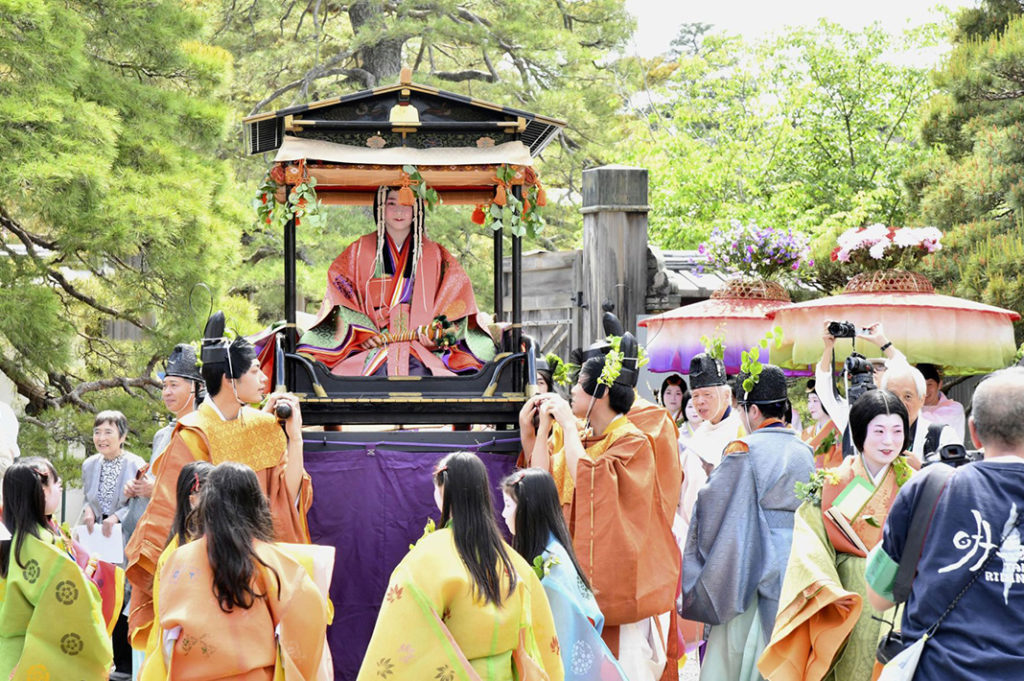Since ancient times, Japanese have gathered at sacred places — a great boulder or ancient tree — to commune with the kami. There, they made offerings and prayed for the safety and prosperity of their communities. This is the origin of the festivals, ceremonies, and rituals collectively known as matsuri.
Many matsuri are tied to the yearly calendrical cycle of events and are held in spring to offer prayers for a bountiful harvest, and in autumn to give thanks for providing the season’s crops.

Through matsuri, the Japanese celebrate and pray for the kami, and together both kami and participants are rejuvenated. Matsuri are rituals to both strengthen the bonds and solidarity within a community and connect that community to the kami.
(You can read the full article via this link. This article was first published on October 28 2019 on JAPAN Forward, who aim to reveal the true face of Japan to the English speaking world in areas ranging from politics to sports and pop culture.)
Read more about our favourite shrines here and more about Japanese culture here.